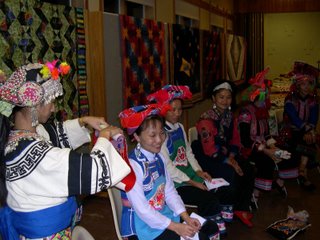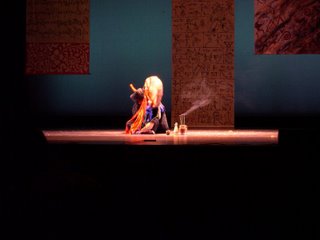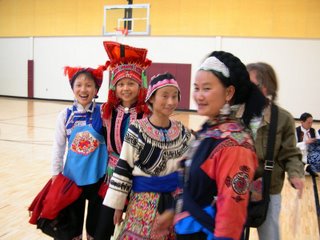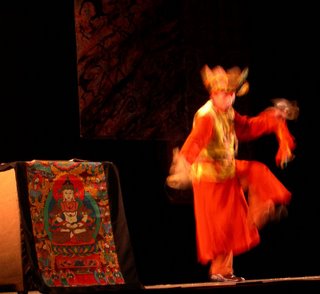Chinese Banquets
 I was recently featured in China New Weekly's issue on Chinese banquets. China New Weekly is China's largest private newsmag and is equivalent to Time or Newsweek, though it spends a bit more time delving into cultural currents than either of the former.
I was recently featured in China New Weekly's issue on Chinese banquets. China New Weekly is China's largest private newsmag and is equivalent to Time or Newsweek, though it spends a bit more time delving into cultural currents than either of the former.
They wanted to interview me and get a foreigner's perspective on that phenomenon which is Chinese banquet culture. The uninitiated may have never heard of this, but banquets are a huge thing. The wheels of commerce and social interaction are greased with hotpot sauce and cheap rice liquor. I attend on average 4 banquets a week and I have some friends who have to eat two or three dinners a night sometimes.
Why do they do this? I'm not going to pretend that I know why food is so damn important in this country, but I can try and lay out some of the functions these banquets perform.
First and foremost is as a media and platform for social interaction. In China's teeming megacities, though the streets are literally boiling with people, they generally don't randomly engage strangers on the sidewalk or even at the bar. People hang out in close groups and generally cavort in private. The best way to extend your network is to invite some friends to dinner and have them bring some of their friends and so on.
Second is for informality. Banquets are a key tool for business negotiations and political lobbying. People become candid at the dinner table, especially after a few toasts of rice wine. Something about eating off of the same plate also brings about a feeling of camaraderie, and this is an opportunity for potential clients or government officials to candidly tell you the real reason why negotiations are at a standstill or what you have to do to gain official approval for your project. Also, if you can win these people over with your personality, they'll be much more likely to go that extra mile for you.
There are actually so many different types and uses for banquets out here that it's hard to give a comprehensive view, but there are a few things worth mentioning. Restaurants can be really cheap here, so people eat out a lot more than they do in the states. Also, people order food collectively. The typical chinese meal is served as a bunch of common plates on a rotating tray. The more people present, the more dishes, so the dinner naturally gets better as the table gets more crowded.
--protocol--
When compared to other Asian countries, Chinese banquet customs are rather simple. Having said that, there are a few things that one should keep in mind:
- Drinking: never drink alone. Any time you drink, you should toast somebody. The first toast is with everyone together and is lead by the host, usually with a short speech. When this happens, down the whole glass. When clinking glasses, show respect for an elder or higher-up by holding your glass lower than his. Finally, as the dinner winds down, make sure you keep at least a sip of beer in your glass for that final toast.
- Eating: generally, don't start eating until after the first toast, and then only when everyone else starts. The mayhem usually begins when the host asks an honored guest to grab the first bite. Also, it is a common courtesy to leave the last piece of each dish on the plate. No one wants to be the asshole who finishes off all the dumplings. Try to eat at least a bite of each dish, no matter how bad it may be.
- Service: if a waiter or friend pours your glass while you're in conversation, show thanks by tapping your right index and middle finger on the table twice. This is the equivalent of a Kowtow but doesn't break the flow of conversation.
--Vocabulary--
I'll try to add Chinese vocabulary to future rants if the friendster server can support it.
饭局: Fanju, n. Banquet
饭托儿: Fantuo'er, n. One who organizes lots of banquets
干杯: Gan Bei, v. drink, usually the entire glass in one gulp
随意: Sui'yi, adv. as you please, used after ganbei to denote that you don't have to finish your glass
做东: Zuodong, v. to host a banquet
请客: Qingke, v. to invite (and pay for) people at dinner or elsewhere
应 酬: Yingchou, n. social appointments and dinner parties, usually used in reference to government officials and bigshots getting schmoozed











